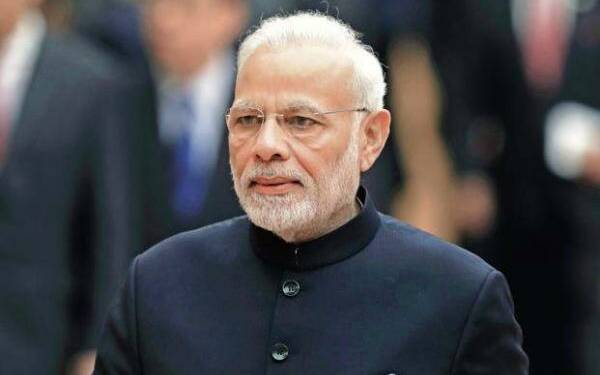In the last six years, the Modi government has implemented many welfare programs that led to the upliftment of the poor people of the country. A common factor across these schemes was that most of them are using Jan Dhan Account, Aadhar, and Mobile (JAM trinity) to transfer money in people’s bank accounts in order to ensure transparency.
As per latest data, 51 Ministries of the Union government are using Direct Benefit Transfer (DBT) scheme for 351 welfare scheme, and this has led to a saving of 1.7 lakh crore rupees- approximately the amount UPA government’s corruption cost the country in 2G scam (1.76 lakh crore). So far, 13 lakh crore rupees had been disbursed through DBT under the various welfare schemes with 2.1 lakh crore in FY 21 only (the spending was more due to Coronavirus related welfare expenditure).
In MGNREGA for instance, since job cards and accounts of the labourers were linked to Aadhaar, a large number of bogus beneficiaries were caught. Till December 2019, 5.55 lakh bogus labourers had been weeded out from the scheme. This ensured that Rs 24,162 crores were not misused. Otherwise, this money would have reached the accounts of those falsely posing as labourers. Similarly, due to the DBT scheme, 98.8 lakh bogus beneficiaries were caught in schemes under the Ministry of Women and Child Development. The deletion of fake beneficiaries prevented a possible scam to the tune of Rs 1,523.75 crore.
Making the linking of Aadhaar and mobile mandatory saved more than Rs 66,000 crore in government ration distribution from going into the wrong hands. According to food and public distribution authorities, a total of Rs 66,896.87 crore was saved due to the removal of a total of 2.98 crore bogus beneficiaries from the system with the help of technology.
The total saving in all these schemes is of 1.7 lakh crore rupees, as per the Direct Benefit Transfer (DBT) website of the Government of India. This is data regarding the union government only, while many state governments also use the JAM trinity for delivery of subsidies and other welfare transfers like scholarships. The state governments, whose welfare expenditure is massive (in fact, more than the Union government) are expected to have saved lakhs of crores rupees in the last six years.
“The JAM Trinity (Jan Dhan-Aadhaar-mobile) has eliminated the web of middlemen. This is a successful example of preventing corruption through technology. Earlier in the absence of Aadhaar linkage, money had been swindled in the name of bogus labourers. Similarly, from PDS to fertilizers, the misuse of government funds in all the schemes connected with the petroleum ministry has been stopped,” said an official who was involved in monitoring of DBT schemes.
Although there are still problems with welfare delivery, thanks to bonhomie between corrupt public sector bank employees and state government bank employees, however, the duplication of beneficiaries has been certainly eliminated. And this has saved lakhs of crores of rupees to the central as well as state government. This money can now be used further for the welfare of the masses.
Through technology, India can take a great leap forward in development and the Modi government is trying to deliver the same. Aadhar card, JAM trinity, Health ID card- all these are examples of how technology can be leveraged for the welfare of the masses in an efficient and transparent way. The government has the opportunity to deliver maximum welfare with minimum bureaucratic hassle- and minimum expenditure too- by capitalizing on digital innovations, and the Modi government is trying to do exactly the same.
































Appreciable contribution to the nation. Without scams & transparency is best achievement of Modi’s leadership. Tough decision to defend country & scrapping many Colonial practices/ laws is major contribution to build ‘New India’. We wish some long pending national issues will be resolved👍We are with development 🤝